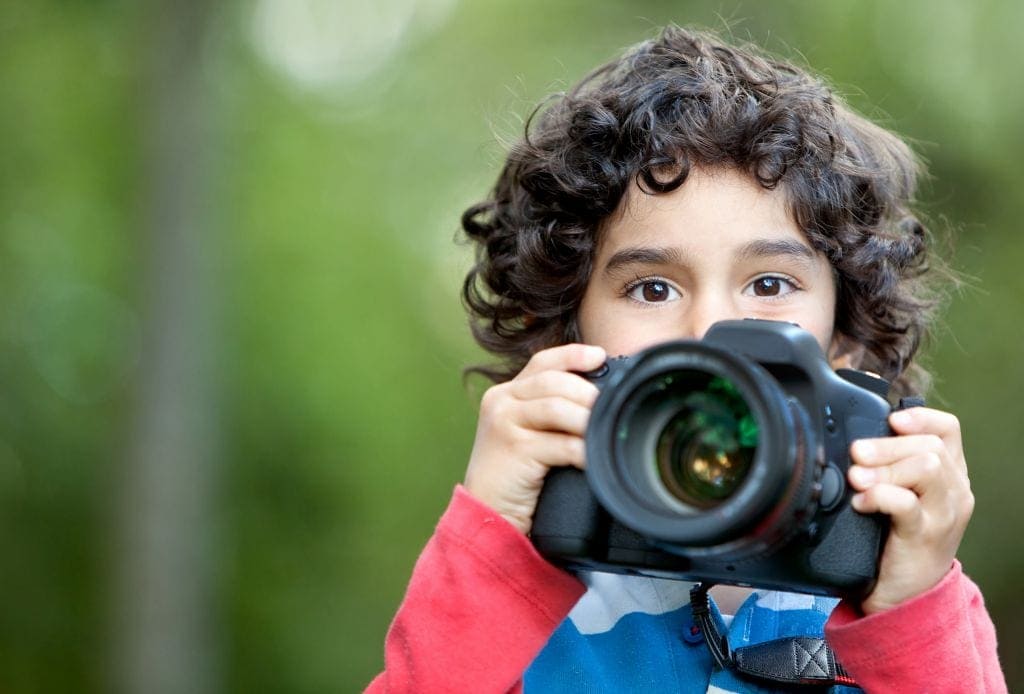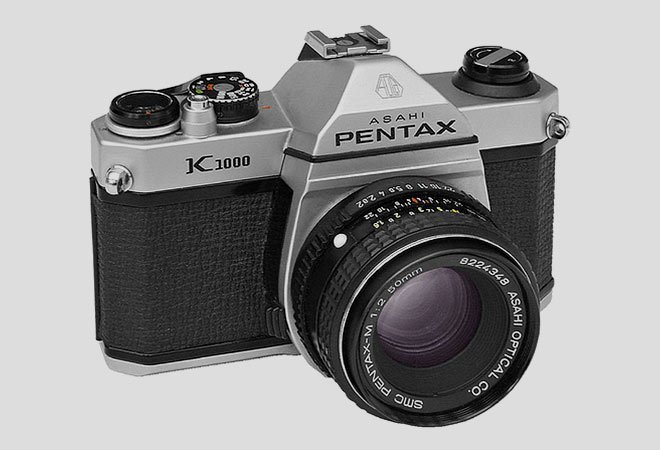
Whether you're into sports or simply like to take pictures, there are a few tips that you can learn about taking great pictures of sports. The tips you will learn include how you can keep an eye on incoming projectiles, set up your camera to capture action shots, and many other things.
Motion blurred
Using motion blur in sports photography can be a great way to capture the action. Photographers need to be cautious not to take blurry photos. For sports photography to be successful, you need a fast shutter speed. You should also remember that sports subjects can be moving constantly, which means there may be motion blur. Using panning can also help capture motion in sports photography.
When a subject is moving in one direction, panning works well. This can also be used with motion blur for a dramatic effect. A monopod can also be used to stabilize your camera while you are panning.
Another way to capture movement in sports photography is long exposures. A long exposure can help you capture different movements, and gives your images a dynamic feel.

ND filters are also useful for blurring sports photos. ND filters can be used to create streaky clouds and shallow-water effects by reducing the amount of light.
Camera settings
A few simple settings can make all of the difference when it comes to sports photography. There are many options for sports photography. However, you will need to be able to determine which setting will work best in your situation.
Sport photography is best done with a fast shutter speed. You will be able to keep your subject in focus if you use a faster shutter speed. You may need to use a shutter speed between 1/500 and 1/1000s if you want to photograph a fast-moving subject.
A wide aperture value can help to draw attention to your subject. However, it can also make the background blurred. To stabilize your camera, you can use a monopod when panning.
ISO settings may need to be lower if you shoot in dark areas. A wider aperture can also result in a shallow depth-of-field. You can also use a larger f/stop for a more artistic look.
Action shots

You must learn and master the art of creating action shots for sports photography. There are many compositional rules that will help you capture great sports pictures. You can also alter the quality of your photo by adjusting certain variables.
For instance, it's important to know how to use the shutter speed to your advantage. The quicker you shutter speed, the easier it is to freeze motion. High shutter speeds can be helpful if you want to freeze the movements of an arm, such as a baseball pitcher.
Monopods can be useful to support the camera during panning. You will get sharp images and blurred backgrounds.
It is important to find the best angles for action shots. If you are shooting a video game from afar, it is a good idea to take a wide shot. This can help you see the game from a closer distance and show it in a new light.
FAQ
How can I look good on pictures?
You can look great in photos if you take them yourself. You'll learn how to pose for the camera, what angles are flattering, and which ones aren't. You will also learn to use lighting and props as a way to enhance your natural beauty.
This course will teach you how to choose clothing that fits well, make-up that looks great, and hairstyles that flatter your face shape.
We'll also show you how to retouch images with Photoshop or other editing software if you aren't satisfied with the results.
Don't be afraid to take some self-portraits.
Which Lenses Should I Use?
The most frequently asked question by beginners is "What lens should i buy?" Because there are so many options, it can be difficult to choose.
The good news is you don't always need to buy a different lens with every purchase of a camera. You can instead add lenses later.
For starters, here are three types of lenses you might want to consider.
-
Wide Angle Lens: 14mm - 24mm: These lenses provide a wide angle of vision, which allows you to capture more details of your subject. You can zoom in, but not lose image quality.
-
Standard/Normal Zoom Lens (28mm – 70mm): These lenses allow for you to adjust focal lengths and maintain image quality.
-
Telephoto Zoom Lens (70mm to 200mm): These lenses make it easy to capture distant subjects. They let you focus on your subject even though they appear small in the frame.
These lenses can be combined to create different effects. You can use a normal lens for close-up detail and switch to a zoom lens to capture distant objects.
Which camera is best for beginners?
The best camera for beginners depends on your budget, needs, and skill level.
For instance, you could choose a point & shoot digital camera if your goal is to save some money. These cameras aren't as versatile as they look, but they provide good quality.
Digital Single Lens Reflex (DSLR) cameras can be equipped with interchangeable lenses that enable you to shoot different types. While they are more expensive than point and shoots, they offer much more flexibility.
A beginner's kit for beginners is a good place to start. The package includes everything you need: a camera, lens, memory cards, tripod, flash and a camera body.
Don't forget to buy extra batteries too!
Which Camera Should I Buy?
This all depends on who you want as a photographer. If you are just starting out, a basic point-and shoot camera is all you will need.
However, once the basics are mastered, it's likely that you will want more advanced features. Personal preference is the only way to decide.
These are some considerations before you purchase a camera.
-
Features: Which features are most important? Are you going to use autofocus, manual settings, or both? What number of megapixels does the camera have? Is there an optical viewfinder?
-
Price: How much are you willing and able to spend on your camera? Are you going to buy a new camera every year?
-
Brand: Do you feel satisfied with the brand you choose? There's no reason why you should settle for less than the best.
-
Functionality: Can your camera work in low-light conditions? Are you able to take high-resolution images?
-
Image Quality: How clear are your images and how sharp are they?
-
Battery Life: How long does your camera last between charges.
-
Accessories: Do you have the ability to attach flashes, additional lenses, and so forth? ?
What equipment is required to start digital photography?
When you start out in digital photography, the first thing to consider is which type of camera you will use. There are many choices, including DSLRs (digital one-lens reflex cameras), point and shoot compact cameras, camcorders, smartphones, and camcorders. Each one has its advantages and disadvantages. DSLR cameras, for example, offer superior quality images but are heavier and larger than other types. Point-and shoot cameras are smaller, lighter and have more automatic settings. Camcorders offer excellent video recording capabilities, and may also have still photo shooting modes. Smartphones can be small and lightweight and are easy to transport.
Once you have made your decision on the camera type you wish to purchase, it is time to decide if you want to buy a used one or a brand new one. Used cameras can be found at reasonable prices, especially if they were purchased within the last few years. Newer models usually cost more as manufacturers invest large amounts of money to develop new technology.
Next, you will need to purchase lenses. The quality of your photos is directly affected by the lens. You can adjust the focal length of the lens to allow you to zoom in on the scene without losing focus. Some lenses include built-in flash units. Others require external flash. Many brands offer many lenses with unique characteristics.
Finally, you'll need to buy memory cards. Memory cards save pictures taken with your camera. The size of your memory card will depend on the number of images it holds. It could store hundreds of thousands or even millions of pictures. Multiplying your memory cards is necessary if you are going to be taking lots of photos.
What is rule of thirds for photography?
The rule-of-thirds is a simple way to create interesting compositions using no complicated camera settings. It divides your image into nine equal parts, horizontally and vertically. This divides your image into three areas that you would like to see your subject. These are the top (upper left corner), middle (center) and bottom (lower right). These areas can be used as guidelines for positioning your subject within the frame.
The rule of Thirds helps you avoid placing crucial elements too close together. They might not have enough space to make an impact on the eye if they are placed close together. If you put them too far apart, they might lose focus because there isn't much room around them.
What makes a camera bag good?
A camera bag protects your gear and is essential when traveling. These are the things to consider when shopping for a bag.
-
Sizing: A large bag will hold your camera and other accessories. Don't go bigger than you think you will need.
-
Durability: Bags made of durable materials such leather, canvas and nylon are best. Avoid plastic and fabric bags.
-
Protection: Make sure your bag protects against dust, dirt and moisture.
-
Organization: Consider organizing your gear by type to easily access your needs. So, you can place your lenses in one box, your memory cards in another and your battery charger in a third.
-
Comfort: Instead of carrying a bag, use a shoulder strap. Comfortable designs with padded shoulders are also recommended.
-
Price: Shop around to find the best price. Many brands offer their products at discounted prices. This can be a huge advantage.
-
Warranty: Find out if your company offers a guarantee on its products. You will know who to call if your bag gets damaged.
Statistics
- Get 40% off Adobe Creative Cloud(opens in new tab) (creativebloq.com)
- In this case, 100% of readers who voted found the article helpful, earning it our reader-approved status. (wikihow.com)
- This article received 13 testimonials, and 100% of readers who voted found it helpful, earning it our reader-approved status. (wikihow.com)
- The second easiest way to get blurry photos 100% of the time is to use a cheap filter on the front of your lens. (photographylife.com)
External Links
How To
What are the essential skills required to be a professional photographer?
For any photography job, you will need to have technical and artistic knowledge as well as business acumen.
Technical knowledge includes understanding exposure, camera functions, lens type, film speeds, and developing techniques.
Artistic ability involves understanding composition, lighting, and posing and knowing how to use Photoshop and other editing software.
Business acumen includes budgeting, scheduling and time management. It also involves dealing with clients.
If you want to become a professional photographer, then you should have an interest in photography from a young age.
You can learn about photography by taking classes at school or college or through online courses.
Many books are available to help you learn all aspects of photography.
Not only is it important to study photography, but it is also important to develop your style.
This will help you stand out from others who work in this field.
Over the years, photography has evolved. In the past cameras such as the Kodak Instamatic, Polaroid instant and other cameras were used.
Digital cameras have become more popular today than ever. These days most photographers use their smartphones to take photos.
Although it is possible to purchase a smartphone capable of taking high-quality images you should invest in a DSLR (Digital Single Lens Reflex).
The DSLR lets you control every aspect your photo including shutter speed and aperture, ISO sensitivity, white-balance, focus, and white balance.
These features can be used to create amazing photographs and other effects.
These controls can be used to change the mood of your photo.
You could, for example, make your subject blurry using a fast shutter speed.
Or you could make them look like they are moving by increasing the amount of light entering the camera.
The scene can also be adjusted to change its mood by changing the color temperature.
If there is too much blue light, you can adjust the red content to make it feel warmer.
You may have difficulty deciding which direction you want to point your camera.
However, once you understand the basics, you will soon realize that it is not so hard after all.
It's much simpler than you think!
At first, you might only take landscape shots or close-up photos of objects.
Don't worry; you will learn to capture everything, from portraits to abstracts.
After mastering the basics of the subject, you can move onto more advanced topics.
Here are some tips that will help you get going.
-
Choose a good location. You should choose somewhere you feel comfortable and relaxed.
-
Find something interesting to photograph. Find unusual and unique things to photograph.
-
Make sure to take lots of practice photos. Practice makes perfect!
-
Experimentation with different angles is possible. Your goal will dictate how you hold your camera.
-
Use different lenses. Different lenses offer different perspectives.
-
Low-light photography is a good option. It can be difficult for you to photograph in bright sunlight.
-
Practice framing the shot. Frames are an important skill when you capture an image.
-
Learn how you can use your camera settings. Spend time playing with your camera settings. This is the best way to improve your photos.
-
Continue learning new techniques. There are many methods to learn photography. Check out local museums, galleries, museums and libraries.
-
Read magazines and books. You will learn everything you need about photography by reading books and magazines.
-
Join a club. Clubs for photographers often organize events that encourage members share their work.